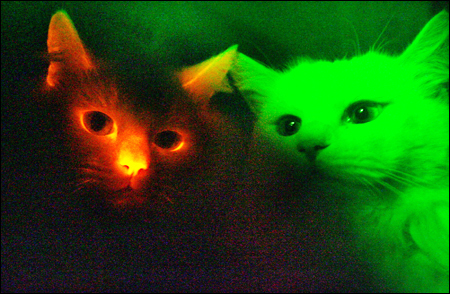Kaye
Line Up and Wait
Just got back from giving the dog his noon-time walk. You won't believe what we saw.....or maybe you will. A neighbor's maltese is now 100%
"screaming pink" instead of white! I'm a dog lover and will put bandanas and sometimes a hat on a dog, but dye the dogs fur....are you kidding????
I'm a dog lover and will put bandanas and sometimes a hat on a dog, but dye the dogs fur....are you kidding???? 
"screaming pink" instead of white!
 I'm a dog lover and will put bandanas and sometimes a hat on a dog, but dye the dogs fur....are you kidding????
I'm a dog lover and will put bandanas and sometimes a hat on a dog, but dye the dogs fur....are you kidding???? 









